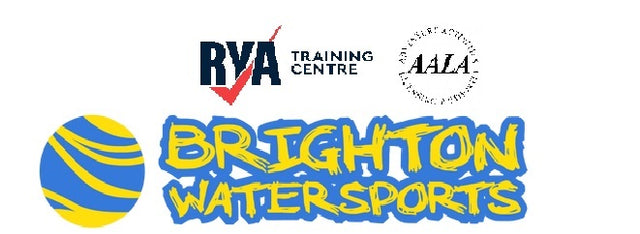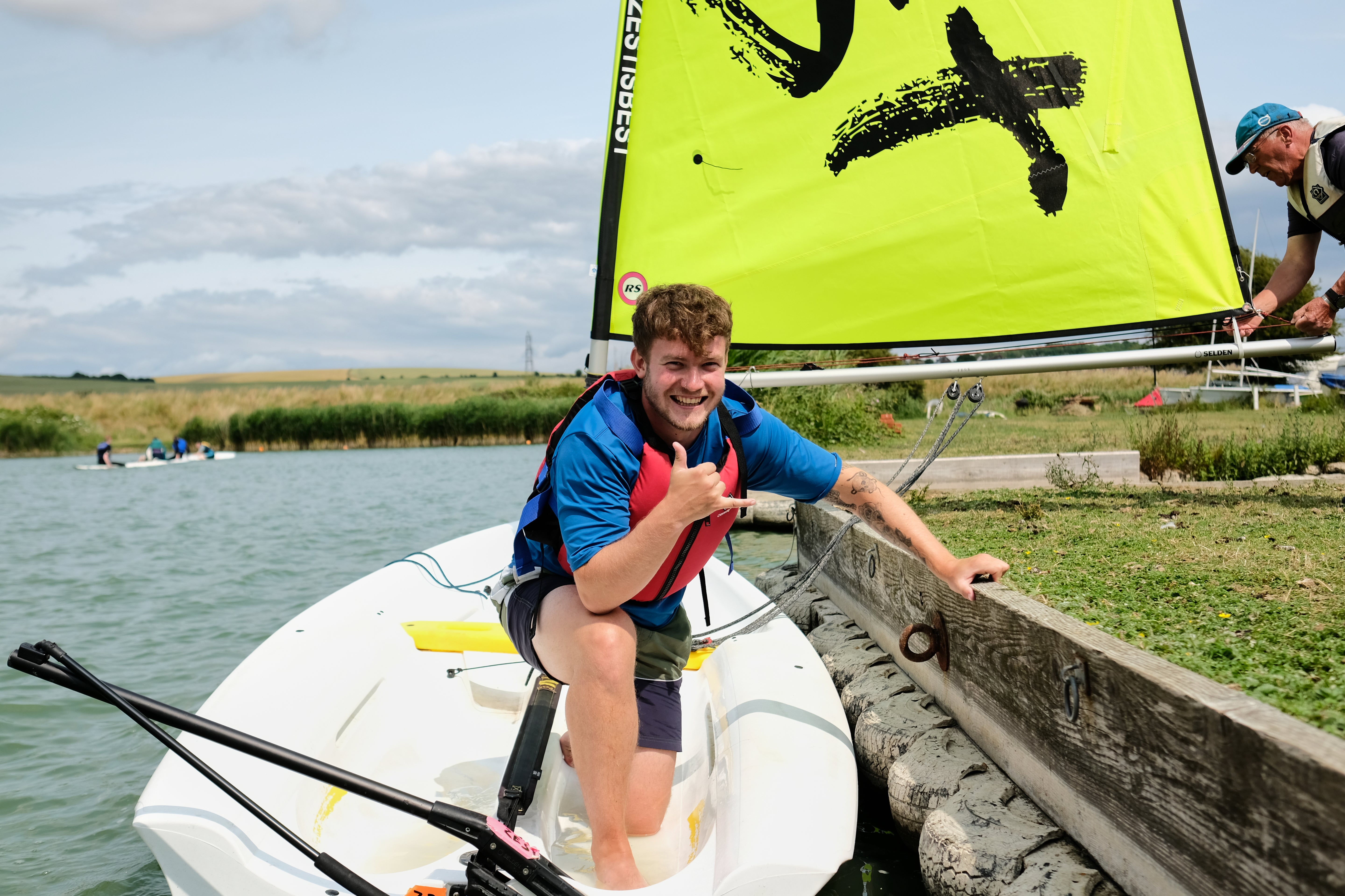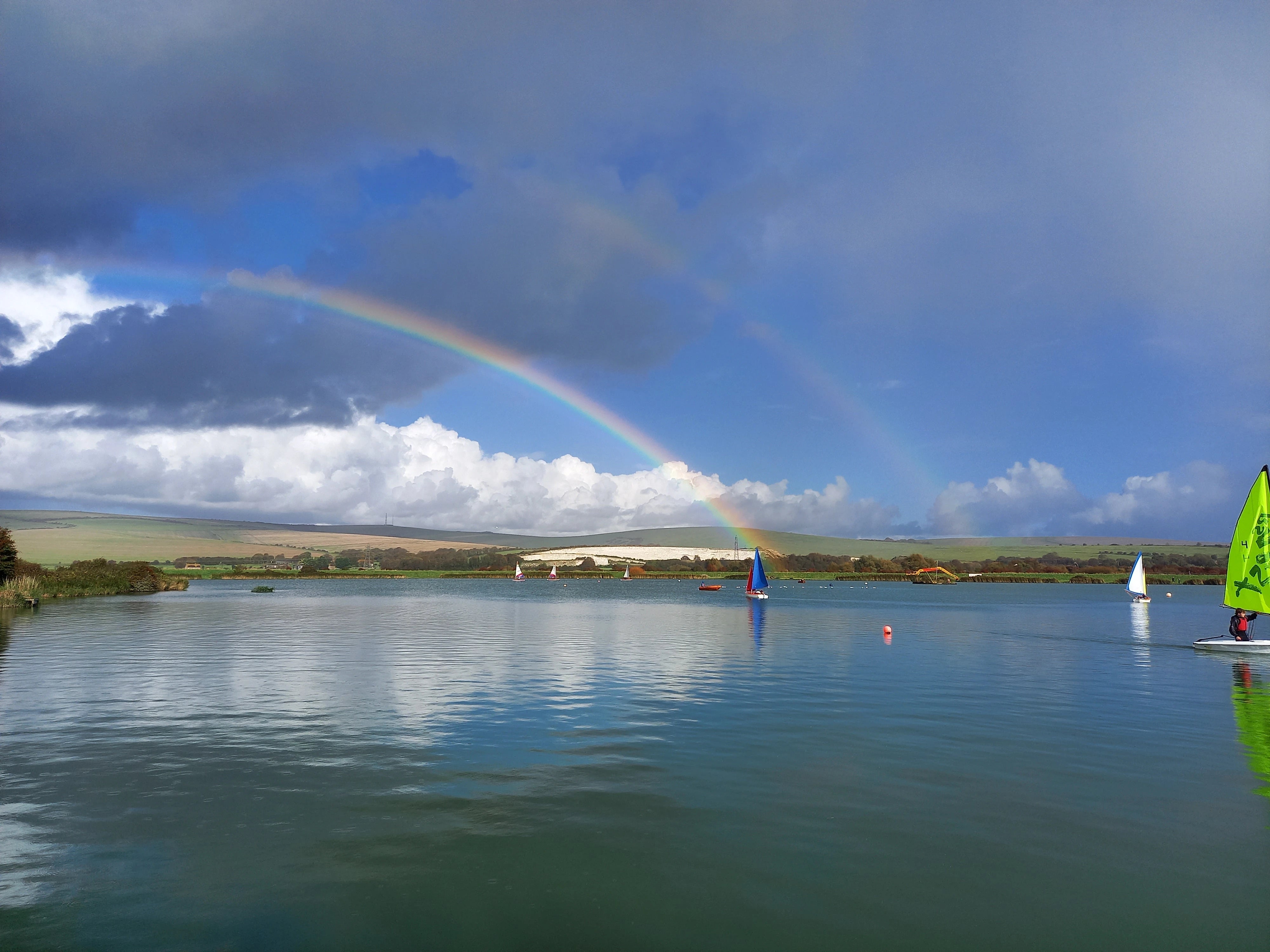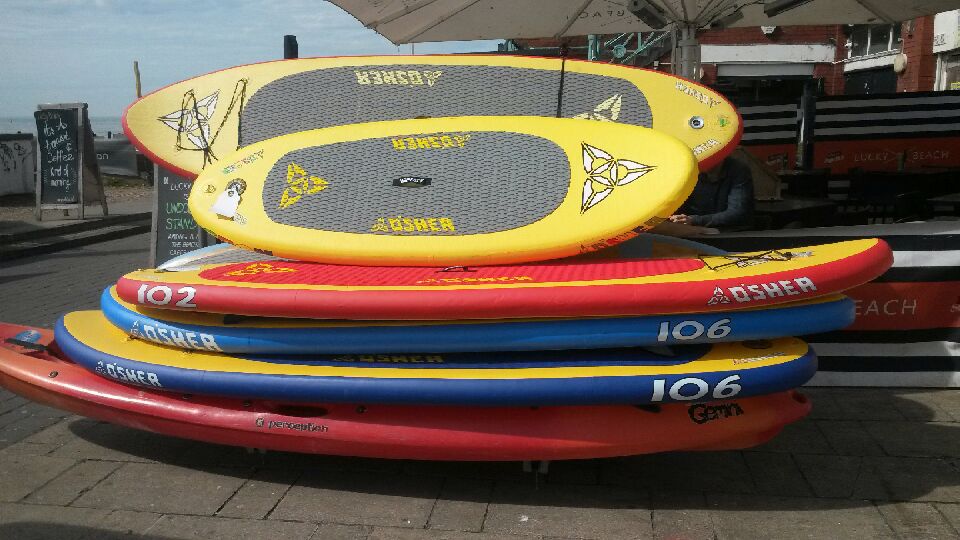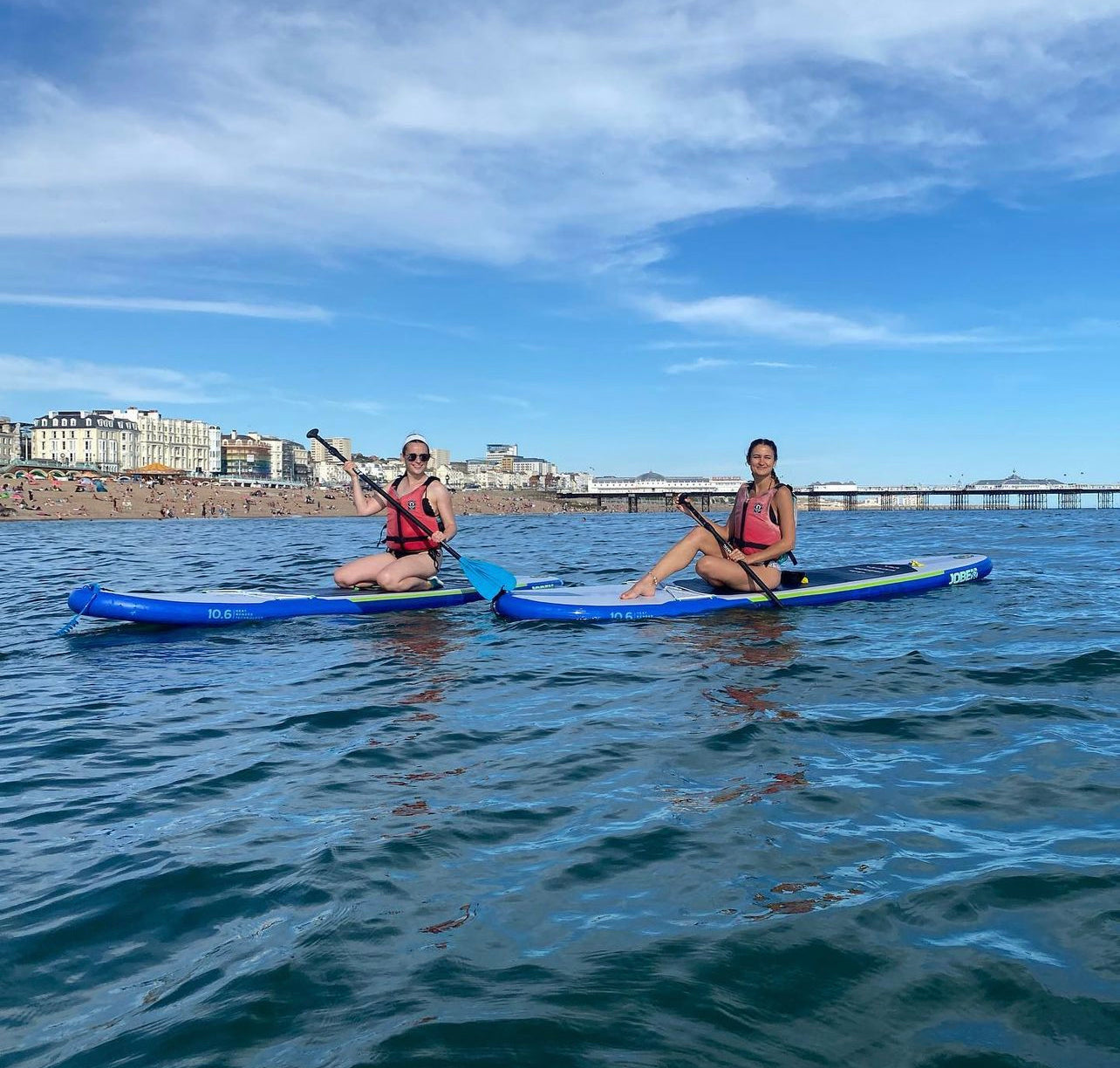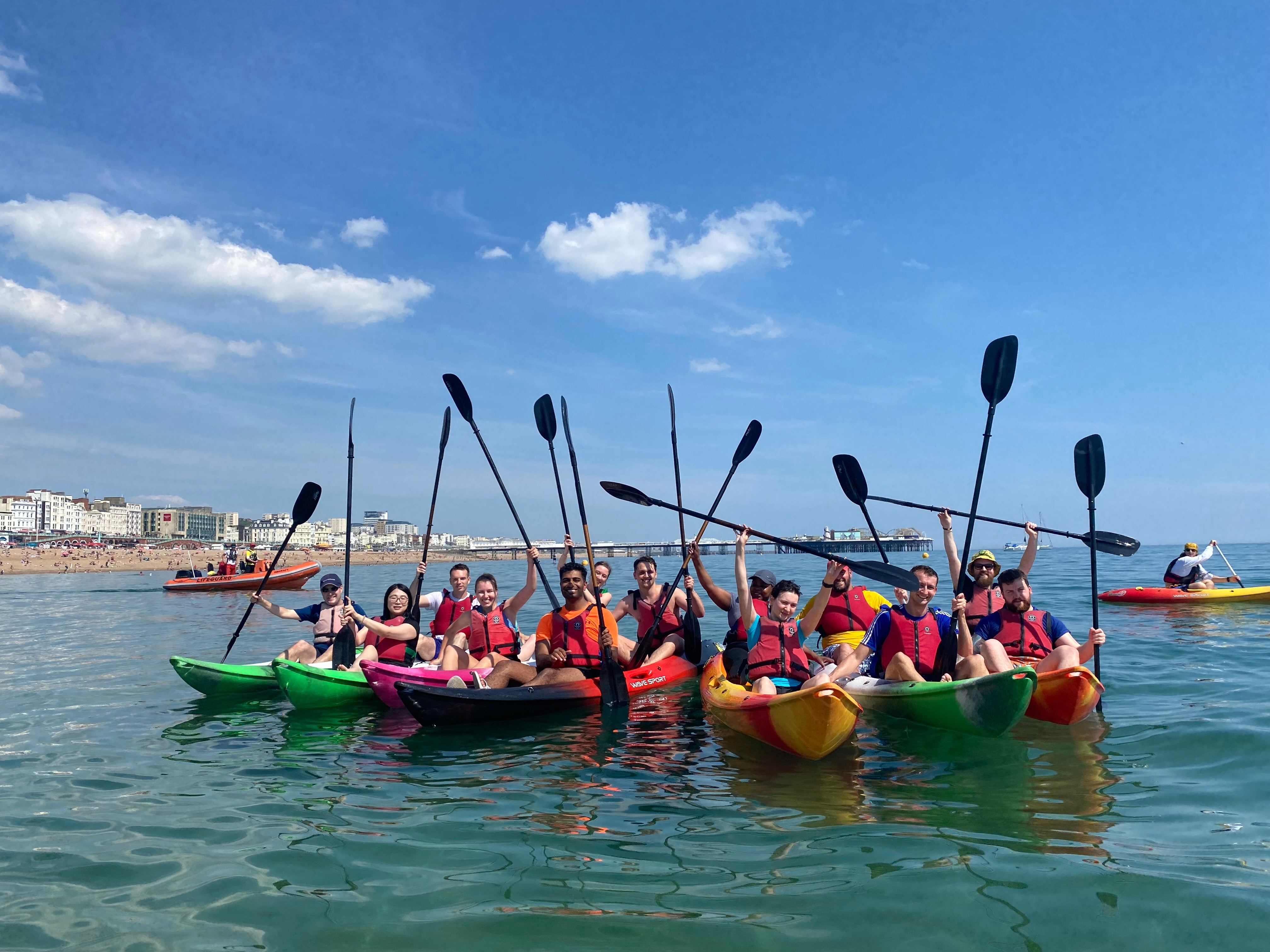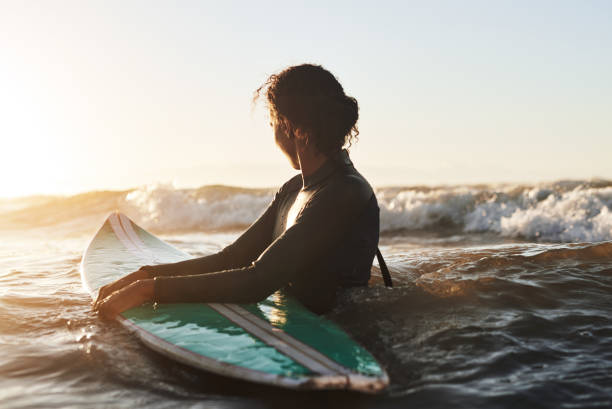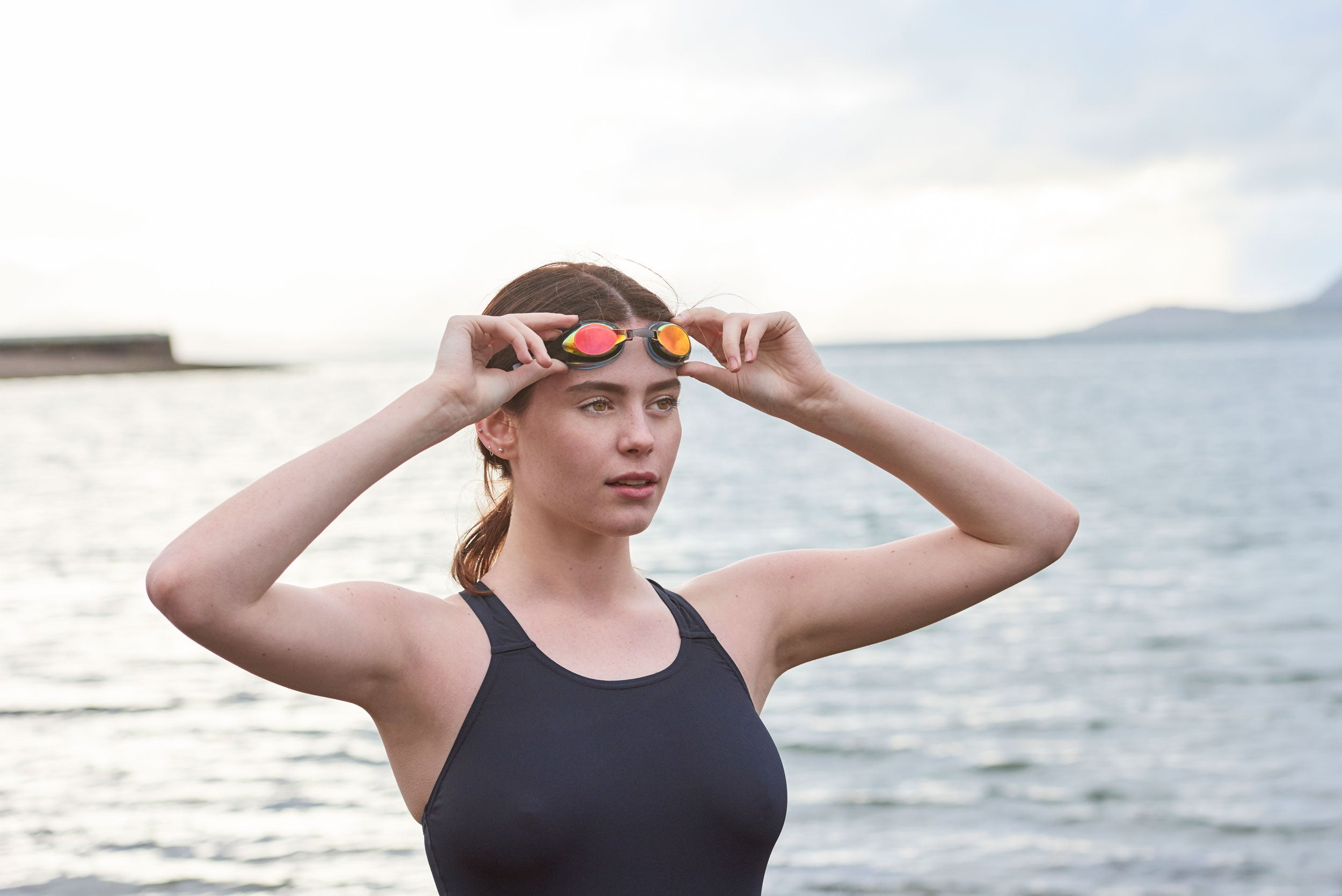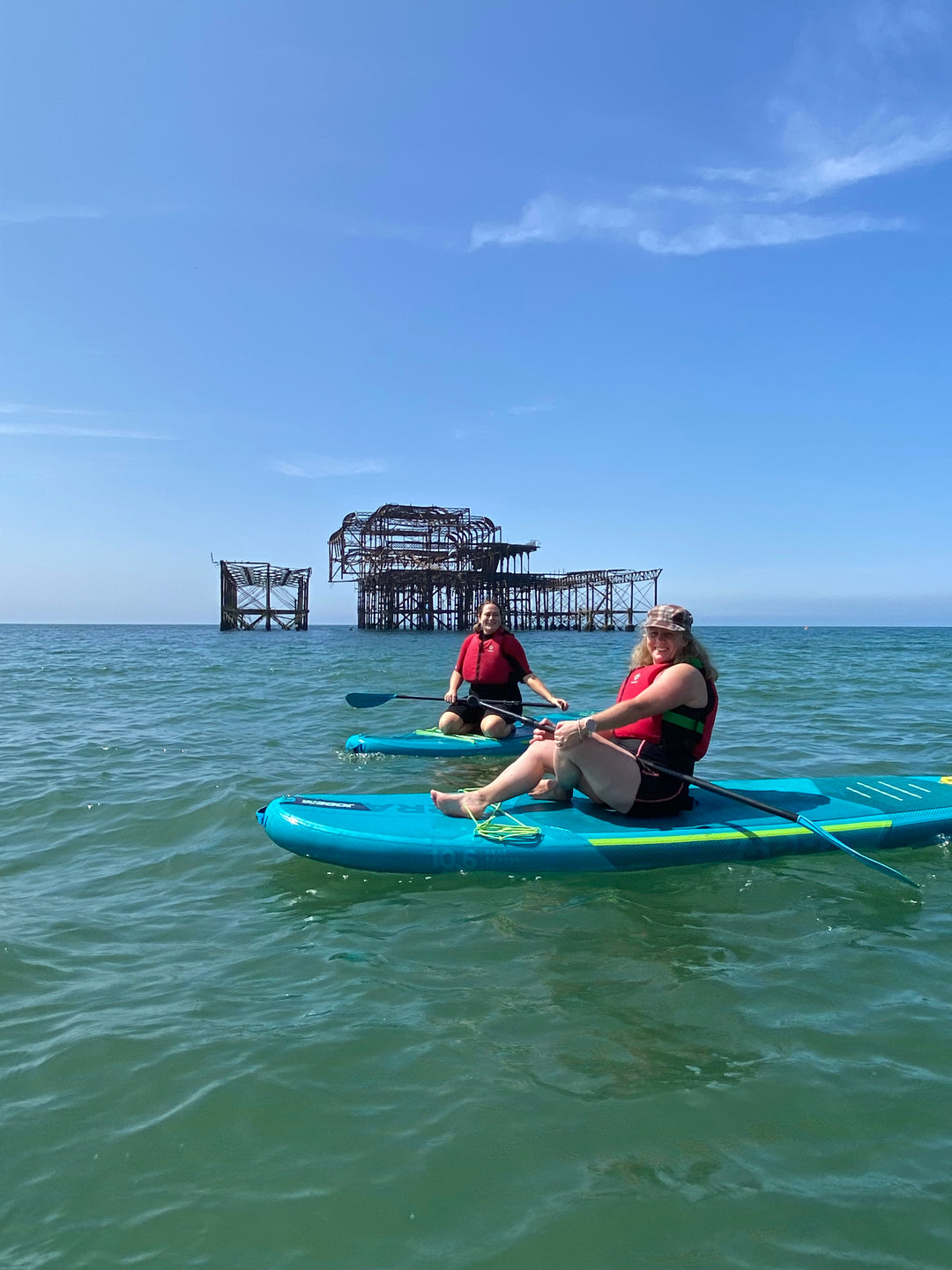Buying A New Wetsuit? - Tips For Getting The Right Wetsuit For You
If you're an avid water sports enthusiast or a beginner looking to try out a new activity, a wetsuit is an essential investment for you. A wetsuit is a specialized garment designed to keep you warm in cold water by trapping a thin layer of water between your skin and the suit. It works by using your body heat to warm up that layer of water, which then keeps you insulated from the cold water outside.
It not only keeps you warm in cold waters but also protects you from the sun, wind, and potential injuries. However, with so many different types and brands of wetsuits available in the market, it can be overwhelming to decide which one to buy. In this article, we'll guide you through the process of buying a wetsuit and provide you with some tips to make the experience easier.
- Determine Your Water Sport Needs
The first step is to determine what type of water sport activity you will be participating in. Different water sports require different types of wetsuits. For example, a surfer needs a wetsuit that's flexible and allows freedom of movement, while a scuba diver needs a wetsuit that's thicker and provides more insulation. By identifying your needs, you can narrow down your search and find the right wetsuit for you.
- Consider the Water Temperature
The next factor to consider is the water temperature. The thickness of your wetsuit will depend on how cold the water is. The colder the water, the thicker your wetsuit should be. For example, if you're surfing in colder waters, you'll need a thicker wetsuit that provides insulation. On the other hand, if you're surfing in warmer waters, a thinner wetsuit will suffice. For example, a 3/2 mm wetsuit is ideal for water temperatures around 60-70°F (15-21°C), while a 5/4 mm wetsuit is better for water temperatures around 40-50°F (4-10°C). Be sure to research the water temperature of your intended activity location and choose a wetsuit that is appropriate for those conditions.
3 . Know your size and measurements
The key to getting the right wetsuit fit is knowing your size and measurements. Wetsuits should fit snugly but not too tight, as you need to move and breathe comfortably. If the wetsuit is too loose, cold water will enter, making you feel uncomfortable and chilled. If it's too tight, it will restrict your movement and make it difficult to breathe. Therefore, take your measurements and try different sizes to find the best fit for your body shape. A wetsuit should fit like a second skin. When trying on a wetsuit, make sure it fits snugly but allows for full movement. Check that the cuffs fit snugly around your wrists and ankles, and the neckline is snug but doesn't rub against your skin. The fit should not be too baggy in the underarm or leg area. Some bagginess at the small of the back is normal.
- Consider the Style
Wetsuits come in a variety of styles, including full suits, spring suits, and shorties. Full suits cover the entire body and are best for colder water temperatures. Spring suits are short-sleeved and short-legged and are suitable for milder water temperatures. Shorties are sleeveless and cover only the torso and thighs and are best for warmer water.
- Types of Neoprene
Wetsuits are made from neoprene, which is a synthetic rubber that's designed to insulate your body. There are two types of neoprene: closed-cell and open-cell.
Closed-cell neoprene is more durable and is the most common type of neoprene used in wetsuits. It's coated with a layer of nylon or polyester to protect it from wear and tear.
Open-cell neoprene is softer and more flexible than closed-cell neoprene, making it more comfortable to wear. However, it's also more delicate and prone to tearing.
- Seams
The way your wetsuit is stitched together can affect its durability and the amount of water that seeps through. There are three types of seams: flatlock, glued and blind stitched (GBS), and sealed and taped.
Flatlock seams are the most common type of seam and are suitable for wetsuits that are used in warm water temperatures. They're not as watertight as other seams, so they can let in a small amount of water.
GBS seams are used on wetsuits that need to be more watertight, such as those used in colder water temperatures
- Consider the Zipper
Wetsuits usually come with either a back zip or a front zip. Back zip suits are easier to get on and off, but they can be uncomfortable when lying on your back. Front zip suits are more comfortable when lying on your back but can be harder to get on and off. Consider which style will work best for you before making your purchase.
- Look for Additional Features
Some wetsuits come with additional features such as reinforced knees, glued and blind-stitched seams, and smooth skin panels. Reinforced knees are useful for watersports that involve kneeling, while glued and blind-stitched seams prevent water from seeping through the seams. Smooth skin panels reduce wind chill and can provide extra warmth in colder water. Consider which features will be most useful for your needs.
- Take Care of Your Wetsuit
Once you've purchased a wetsuit, it's important to take care of it properly to ensure it lasts as long as possible. Rinse it with fresh water after each use to remove salt and sand, and hang it up to dry in a shaded area. Avoid exposing it to direct sunlight or heat, as this can damage the neoprene.
In summary, choosing the right wetsuit is crucial for your comfort and performance in the water. Consider the water temperature, fit, style, materials, and budget when making your choice. With the right wetsuit, you'll be able to enjoy water sports all year round, without feeling cold or uncomfortable. So, take your time and choose wisely. At Brighton Water Sports we sell reliable brands such as O'Neill, Orca and Sola. Check out our store and buy the right wetsuit for you.
